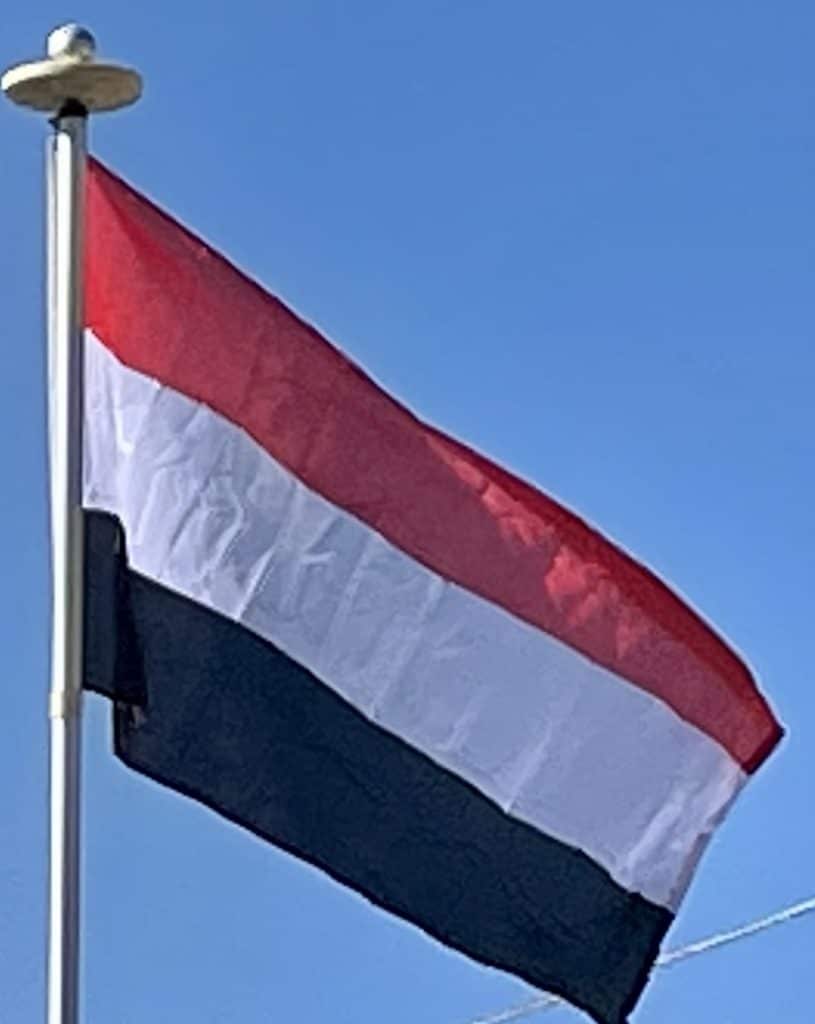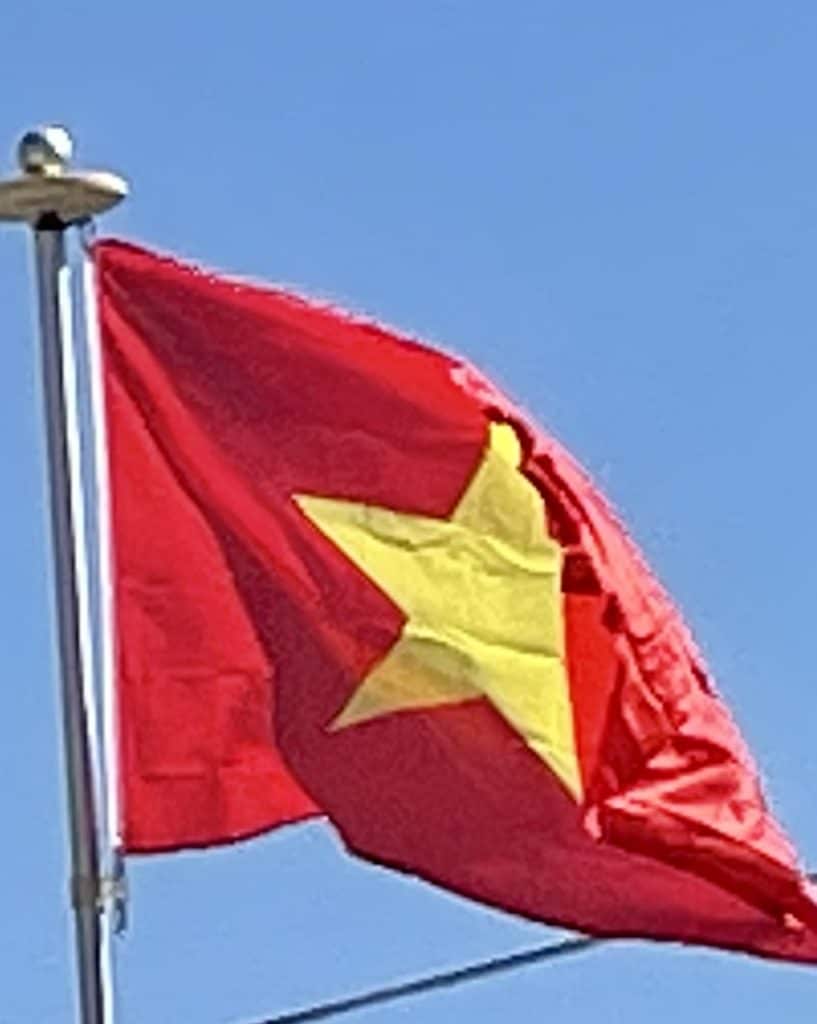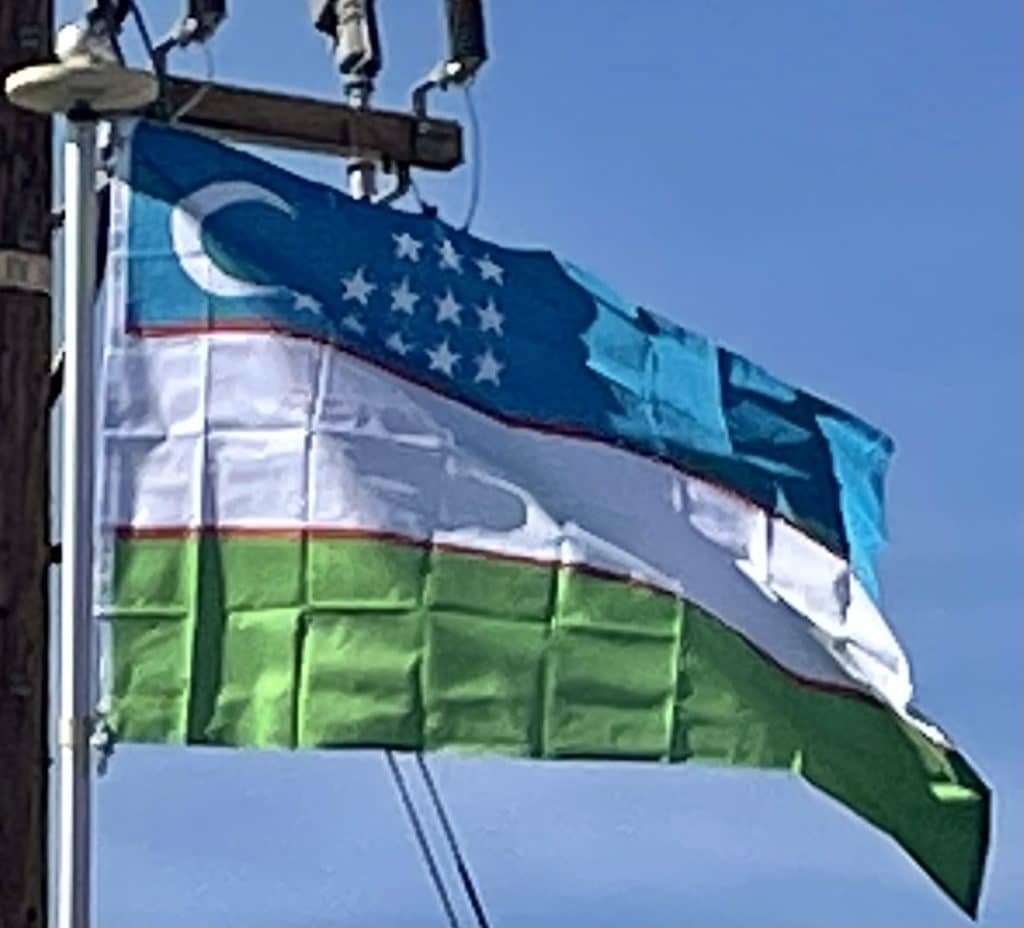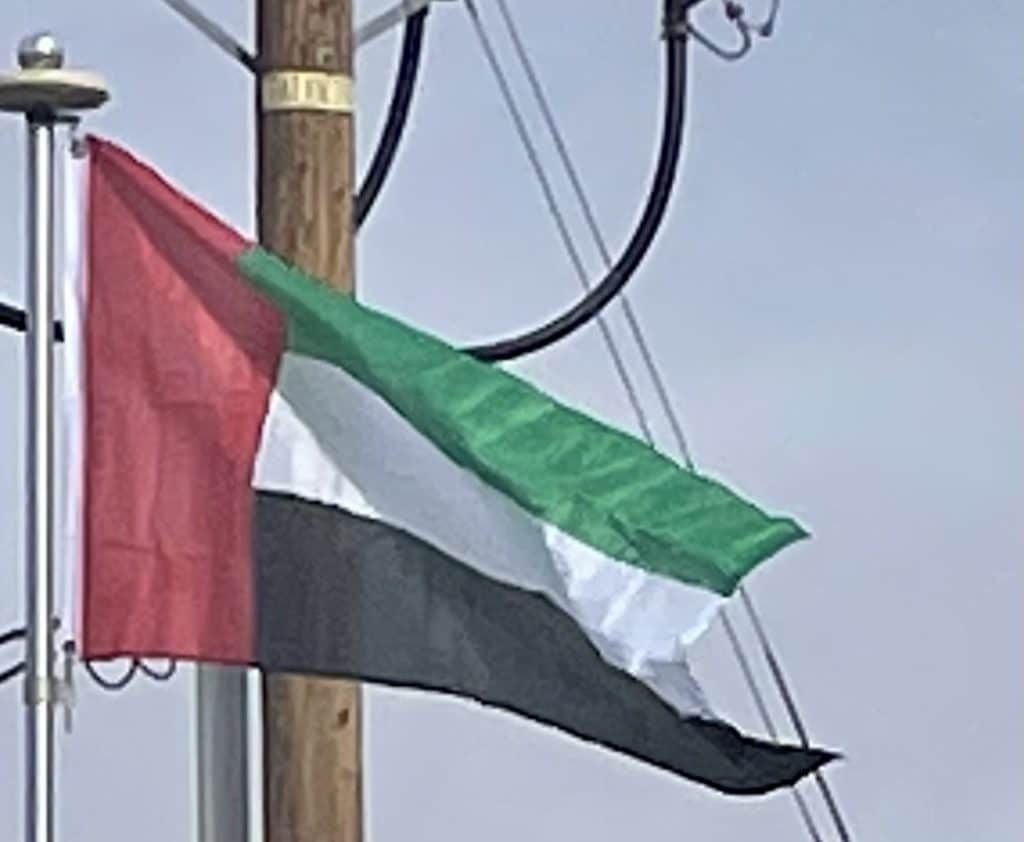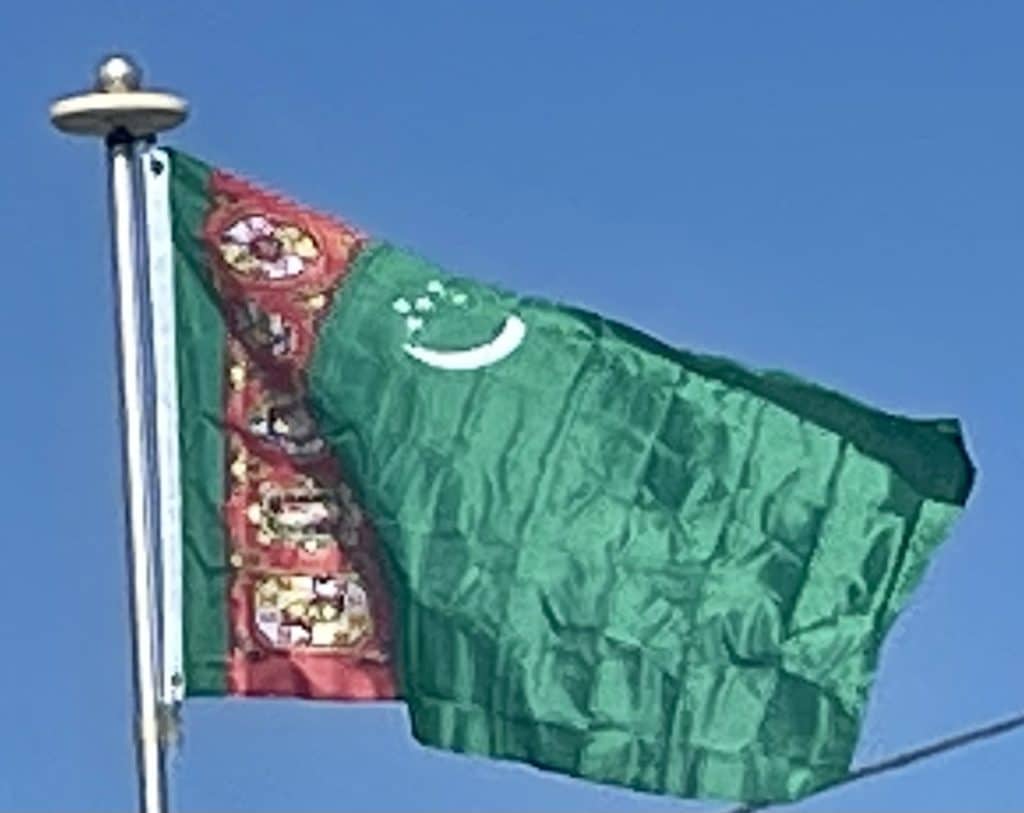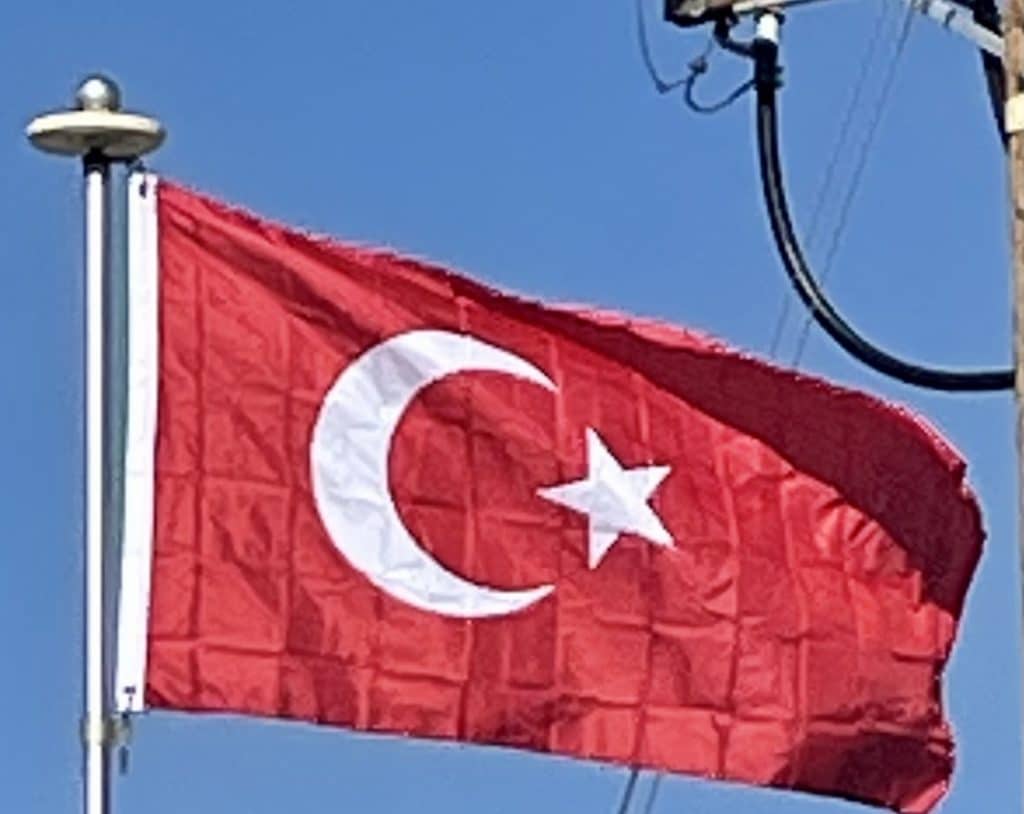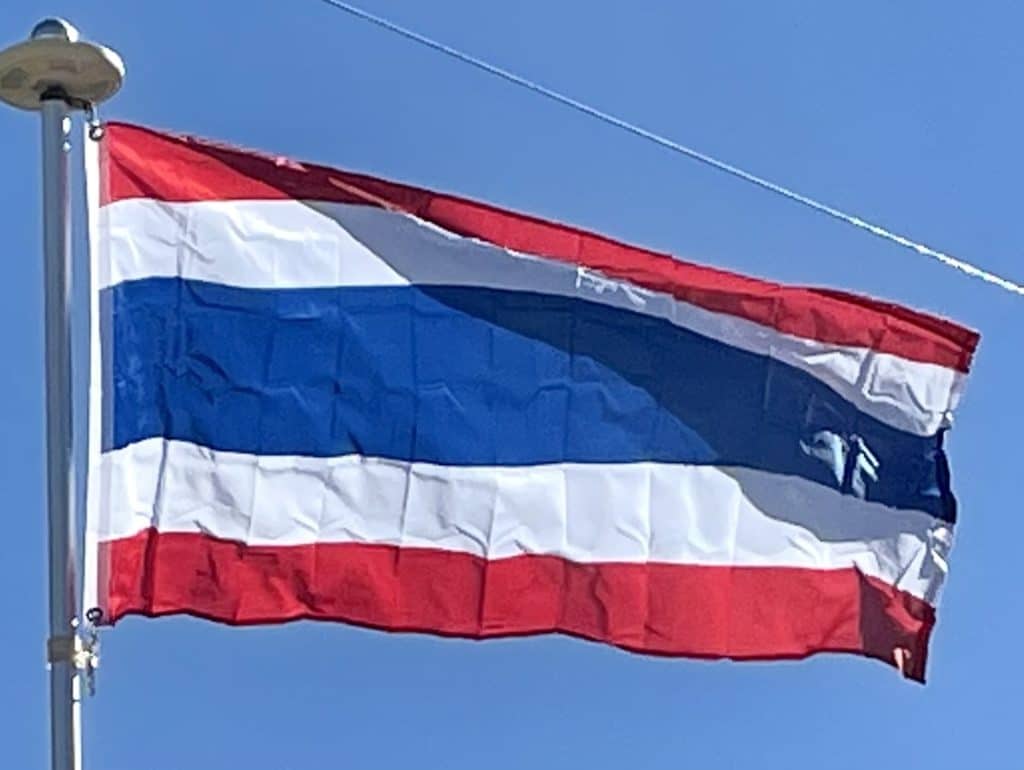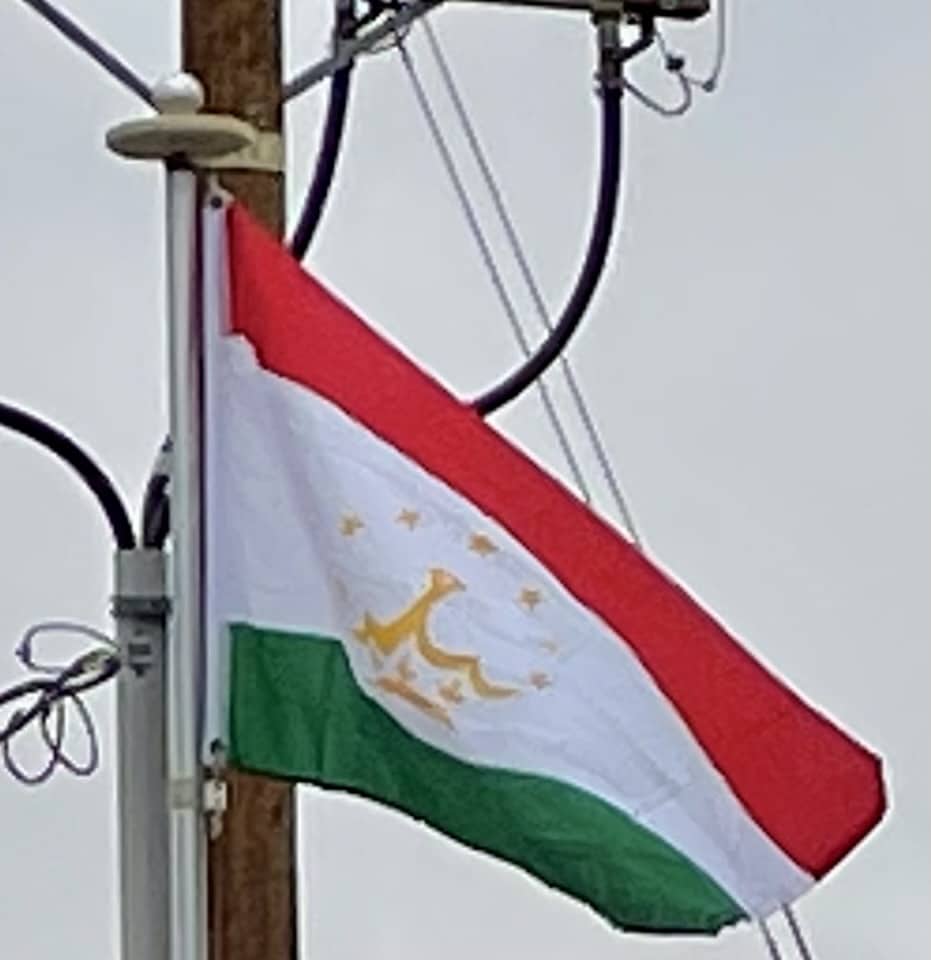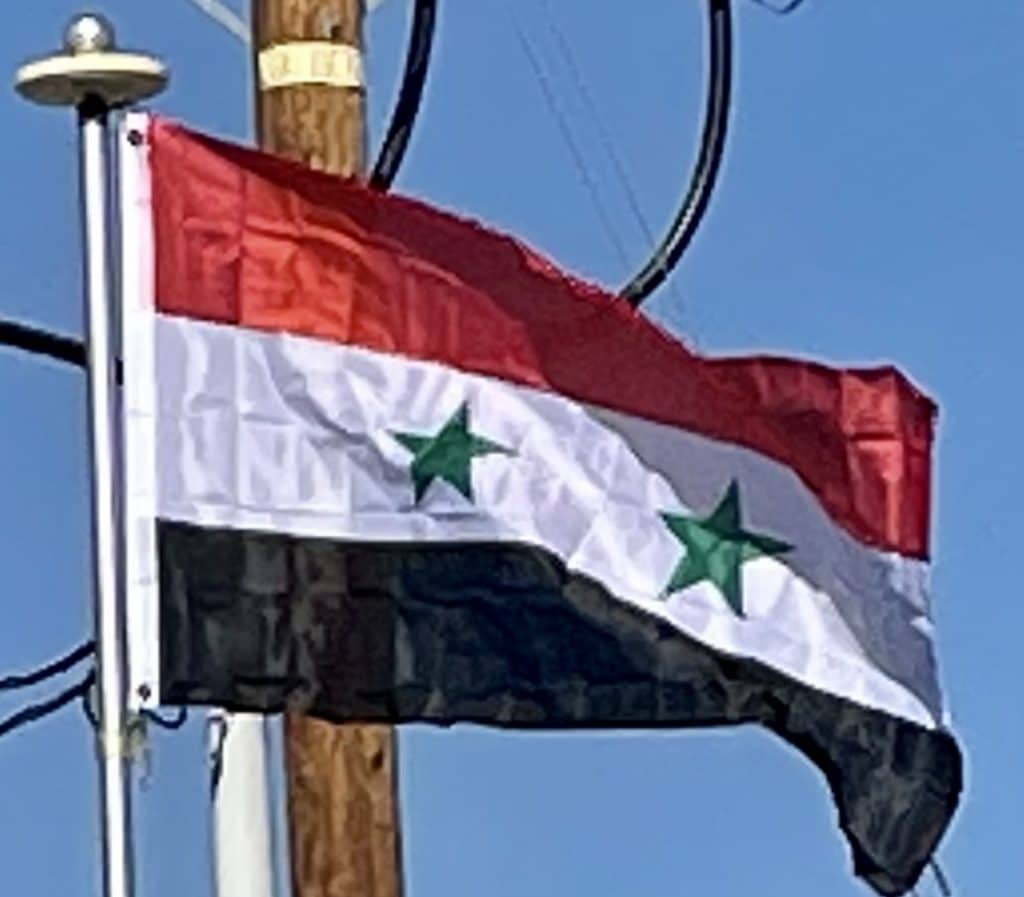Yemen
The flag of Yemen was adopted on May 22, 1990, the day that North Yemen and South Yemen were unified. The flag is basically the Arab Liberation Flag of 1952, introduced after the Egyptian Revolution of 1952 in which Arab nationalism was a dominant theme. The Arab Liberation Flag of 1952 served as the inspiration for the flags of both North and South Yemen prior to unification, as well as for the current flags of Egypt, Iraq, Sudan and Syria.
According to the official description, the red stands for unity and the bloodshed of martyrs, the white for a bright future, and the black for the supposed dark past. The flag’s design is also similar to that of the flag of the German Empire, albeit inverted. The flag is graphically identical to the flag of the Libyan Arab Republic from 1969 to 1972.
